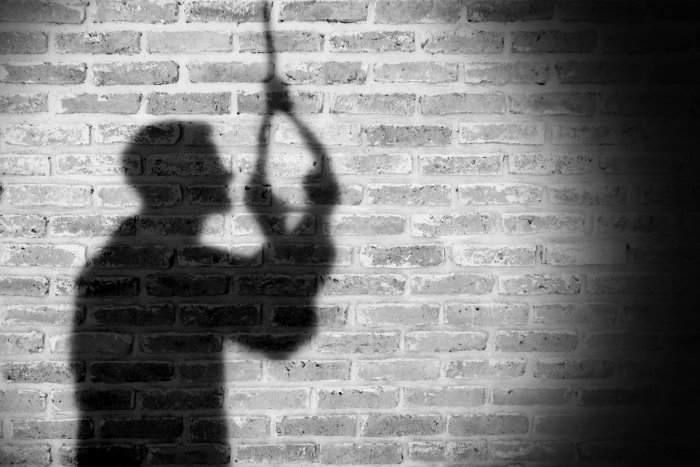According to a study titled “Global Burden of the World” by IHME suicide ranks at the 15th spot as the leading cause of deaths in the world. In 2019, the number of people consumed by suicide stands at a tragic 759,028. The trend is maintaining its trajectory, as the number of people who died in 2021, according to WHO was upward of 700,000.
The problem is ubiquitous with the African nations having it the worst with an average of 11.2 people per 100,000. The situation isn’t any better around the rest of the world. Europe has a rate of 10.5, South East Asia stands at 10.2 while the global average was 9 per 100,000. The suicide rate was found lowest in the Eastern Mediterranean which was 6.4 per 100,000.
Suicides stands at the fourth spot for the cause of death among 15-19-year-olds. It consumed an average of 12.6 men per 100,000 per year, a number that is more than double compared to women which are still a gut-wrenching 5.4 per 100,000. People in the low-middle income brackets are the most susceptible beings that succumb to suicide, and almost as high as 77% of the people who die at the hands of suicide are people who lie the group.
The number, big or small, tells a rather despairing story of the state of measures that the world has in place to tackle suicide. One of the leading impediments that make it difficult to devise and deploy relevant measures is the fact that suicidal tendencies are not always overt. Trends would mainly hint at a subliminal link between the economical and financial crisis and mental disorders but that is just the gist of it.
Mental disorders originate from multiple sources and manifest in various ways making it difficult to come up with a universal cure-all to remedy the situation. Schizophrenia, Bipolar Disorders, Borderline Personality Disorder are just some major mental problems that experts have successfully pinned down in their attempts to find the root causes for suicides.
Other factors that might encourage suicide are not as well defined. Social isolation, unpaid loans, and debts, homelessness due to lack of success in life’s ventures, history of family violence, suppressed traumatic memories, drug or sexual abuse, experience with jail, are just a few causes that surreptitiously push people towards suicide. This ambiguity makes it one of the most prolific silent killers and kills more people than some of the most fatal diseases.
Though difficult to observe at first, suicide is often heralded by symptoms that can be identified before a person ends their life. Extreme mood swings, drug abuse, social isolation, withdrawal from activities are some indicators that might point at a potential suicide victim. The body language and changed practices also can be observed to gauge whether an individual is in a stable mental state.
Suicidal people often engage or talk about death and taking their own lives often. They are found talking excessively about feeling lost and hopeless or being a burden to someone. Many individuals tend to sort their personal affairs before committing suicide. They might be seen giving up their belongings, drafting a will, saying their goodbyes, or making amends with their family member and peers.
Some considerable remedies and psychotherapies might be administered to potentially suicidal people. Therapies like Cognitive Behavioral Therapy (CBT)and Dialectical Behavior Therapy (DBT) are a few, to begin with. CBT is often successfully used to assist people to deal with stressful and traumatic experiences. DBT can be used to decrease suicidal tendencies in are dealt with effectively and it has also shown effectiveness in minimizing suicide attempts in adults suffering from Borderline Personality Disorder.
Other solutions like Intervention Strategies and Collaborative Care are also proposed to help reduce suicides without a need of a dedicated medical apparatus or professional. The idea revolves around offering personal care to a suicidal by those who are immediately available. Behavioral Health Care Managers assist people with mental treatment plans and evaluations and can work with mental health specialists in dealing with suicidal individuals. Suicide prevention helplines where suicidal people can contact an individual that might regularly follow up with them and help them vent out their suppressed emotions.
Suicide is an omnipresent and omnipotent killer. It can be tackled only with a collaborative approach where every person makes it their responsibility to be on the lookout for distressed individuals and be willing to attend to them or get them in touch with a wellness organization that can.
Suicide Watch and Wellness Foundation is a team of philanthropists that are eager to embrace this responsibility and play their part. They have multiple dedicated programs each designed to address issues related to mental illnesses and suicide prevention. You can make donations for this suicide foundation and be a part of this noble initiative. You can also volunteer for their programs and participate in the various drives to play your part in delivering the world of the curse of suicide.


